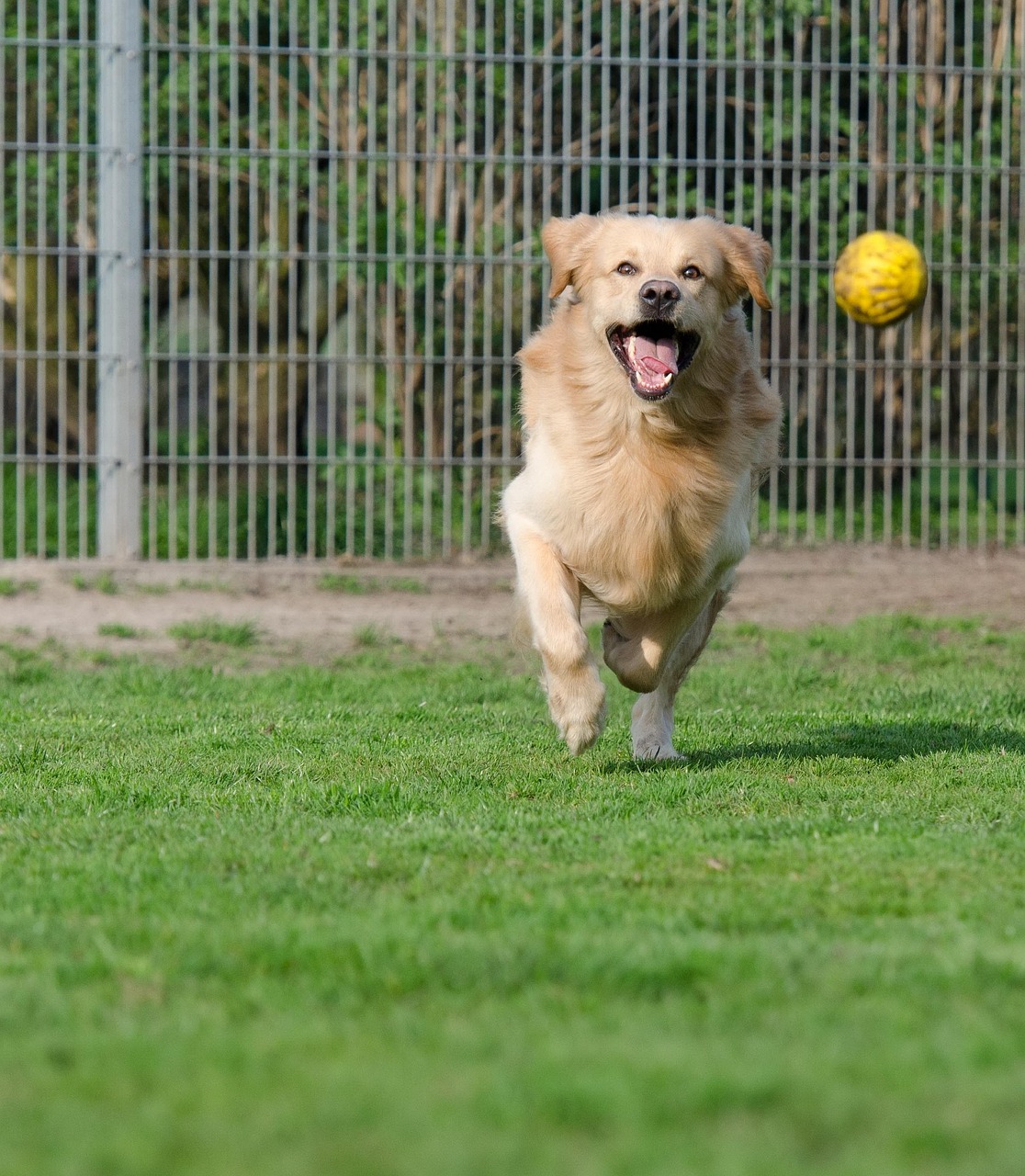Choosing the Right Pet Boarding Facility: Mistakes to Avoid

Leaving your pet with someone else is a big deal. You want them safe, comfortable, and happy while you’re away. But even the most loving pet parents can make choices that put their pets at risk.
I worked at two different boarding facilities when I was in college - one was awesome and took great care of the pets and the other . . . not so much. I can tell you firsthand that a polished website and cute photos don’t always reflect what’s happening behind the scenes. Some facilities look great online and when you step in the lobby, but cut corners where it really matters. That’s why it’s so important to look closely, ask the right questions, and trust what you see in person when you tour the facility.
So, I wanted to share some of the most common mistakes people make when picking a boarding facility and how to avoid them. This post goes hand in hand with our latest podcast episode, “Choosing a Pet Boarding Facility? Watch for These Red Flags,” where we dig deeper into what to look for, and what to walk away from.
Why This Choice Matters
Boarding isn’t just about finding a place for your pet to spend the night and sleep. You’re trusting someone with their physical and emotional well-being. A great facility helps your pet feel calm, cared for, and safe. The wrong one can cause stress, illness, or fear that lasts long after you take your pet home.
That's why it's so important to take the time to research facilities WELL IN ADVANCE of your travel dates so that you can make an informed decision, not a hurried one.
Mistake #1: Not Checking Safety and Cleanliness
Clean, safe environments are non-negotiable.
Look for:
-
Fresh smells, clean floors, and tidy waste areas
-
Clean food and water bowls
-
Good airflow and no stuffy air
-
Secure fencing, locked gates, and safe play zones
Ask about:
-
Cleaning schedules and disinfecting products
-
How they separate pets when in play groups - by size or temperament?
-
Emergency plans for illness or injury
Watch how staff interact with pets. Are they calm, kind, and attentive? Or do they seem rushed and distracted? That’s your clue to the level of care your pet will get.
Mistake #2: Skipping Questions About Staff Training
Your pet’s safety depends on the knowledge and skill of the people caring for them.
Ask:
-
Do staff have pet first aid or CPR certification? Are those certificates available for you to see?
-
How many animals does each staff member oversee when in their own enclosures and during play groups?
-
Do they know how to spot stress or illness?
-
How long have they worked there, and do they enjoy it? (Tip: If you're speaking to staff, ask "What do you enjoy most?" vs. "Do you enjoy working here?" The second question is easy to answer "yes," the first question gets more into how the person truly feels about working there.
-
Bonus points if there’s a vet on site or nearby.
Mistake #3: Overlooking Emergency Preparedness
Emergencies happen. What matters is how the facility responds when they do.
Ask about:
-
Access to a vet or clinic partnership
-
Evacuation and disaster plans
-
Backup power for heating, cooling, and lighting
-
How and when they’ll contact you if something happens
You’re looking for confidence and full awareness of the plan, not confusion, when they answer.
Mistake #4: Forgetting About Comfort and Enrichment
Boarding isn’t just about keeping pets fed and sheltered. They need comfort and enrichment too.
Check for:
-
Spacious kennels or suites
-
Clean bedding and temperature control
-
Manageable noise levels that are actively being managed by staff
-
Playtime, toys, and other enrichment activities
Ask if they offer personal attention, walks, cuddle sessions, or grooming. Those exra touches can make your pet’s stay feel more like a mini vacation.
Mistake #5: Ignoring Your Pet’s Unique Needs
No two pets are alike. Share what makes yours special and what extra attention will keep them happy and stress free during their visit.
Tell them if your pet:
-
Has medical needs, allergies, or special diets
-
Takes medication or supplements
-
Has behavior quirks or fears and how those can be managed or alleviated
-
Needs more (or less) social time
A good facility will adjust its care plan to fit your pet, not the other way around.
Bonus Tip: Use IBPSA’s Pet Care Checklist
Need help comparing facilities? The International Boarding & Pet Services Association (IBPSA) offers a great Pet Care Facility Assessment Checklist to guide your tour. It covers safety, cleanliness, staff training, and emergency plans. We also mentioned this checklist in the podcast episode. Definitely take a look at this document before you visit any facility.
Final Thoughts
Choosing a boarding facility is about more than convenience, it’s about trust. With a little extra effort upfront, you can find a place where your pet feels safe and cared for, giving you peace of mind while you’re away.
For more real-world insights, listen to “Choosing a Pet Boarding Facility? Watch for These Red Flags.” It’s packed with expert advice that can help you make the best decision for your pet.










